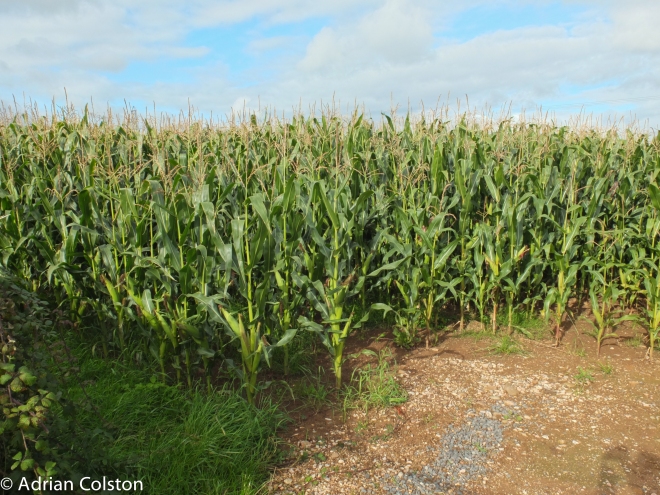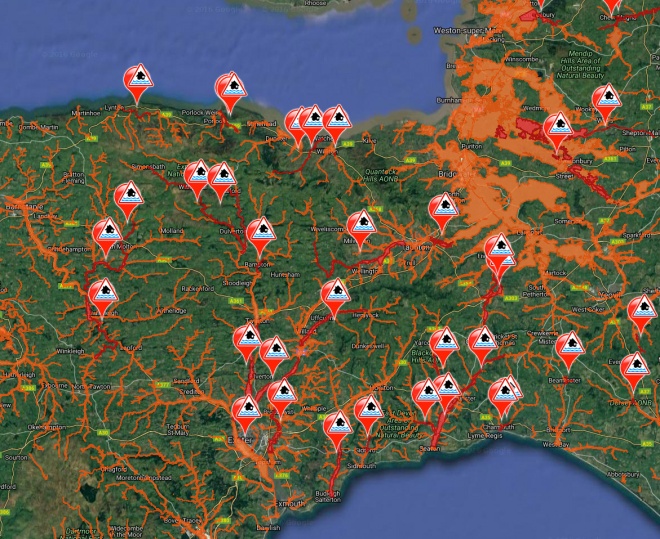Those of you who have followed my blog over the years will know that I have written a great deal about maize cultivation in East Devon and the detrimental impact that this has had, especially how it has led to flash flooding. See here for my historic maize posts!
Well today, out of the blue – at least for me, a new report has been published entitled ‘Soils and natural flood management – Devon and Cornwall. It is absolutely superb and you can download it here (N.B. it is 36mb).
It has been written by Richard Smith of the Environment Agency and has been peer reviewed by R.C. Palmer. I have quoted their classic 2013 paper where they demonstrated the devastating effects of maize cultivation on unsuitable soils (i.e. ones on slopes where the soils easily become compacted) many times over the past few years.
You can download that paper here.
This new report is over 70 pages long and gives detailed and geographically specific sets of recommendations on how soils can be managed appropriately to reduce flooding – maize cultivation features throughout and even when not specifically referenced it is clear that compacted soils and late harvesting lead to flooding and misery for those downstream.
Congratulations to the author and the peer reviewer on producing such an accessible and important report and well done too to the project management team i.e. the Environment Agency, the Devon Wildlife Trust and the West Country River Trust. There is also a wider partnership involved in this project known as the Catchment Based Approach – lets now get the message out.
Pleased to see my old employer the National Trust is involved!
So this report now needs to be distributed far and wide, read and acted upon!
Now if I were Michael Gove, I would give this report to my officials in Defra and tell them to incorporate the guidance and recommendations into their ‘Cross-compliance’ regulations which determine whether farmers can claim their subsidies – follow the guidance = get the money, ignore them and you don’t.
Likewise if I were a farmer around Exton, where I used to live and used to regularly view and fear the maize fuelled, brown/red river floods, farming in the area described as the ‘Soils of East Devon’ I would be reading this report very carefully – there are no longer any excuses for ignorance.
Finally whilst this report is about Devon and Cornwall the farmers in the hills above the Somerset Levels could and should learn a lot too.
Michael Gove yesterday attended and spoke at the launch of the Sustainable Soils Alliance where he said UK is 30-40 years away from ‘eradication of soil fertility’, ‘We have encouraged a type of farming which has damaged the earth’ and ‘Countries can withstand coups d’état, wars and conflict, even leaving the EU, but no country can withstand the loss of its soil and fertility’.
Maybe, just maybe we are turning the corner?




























